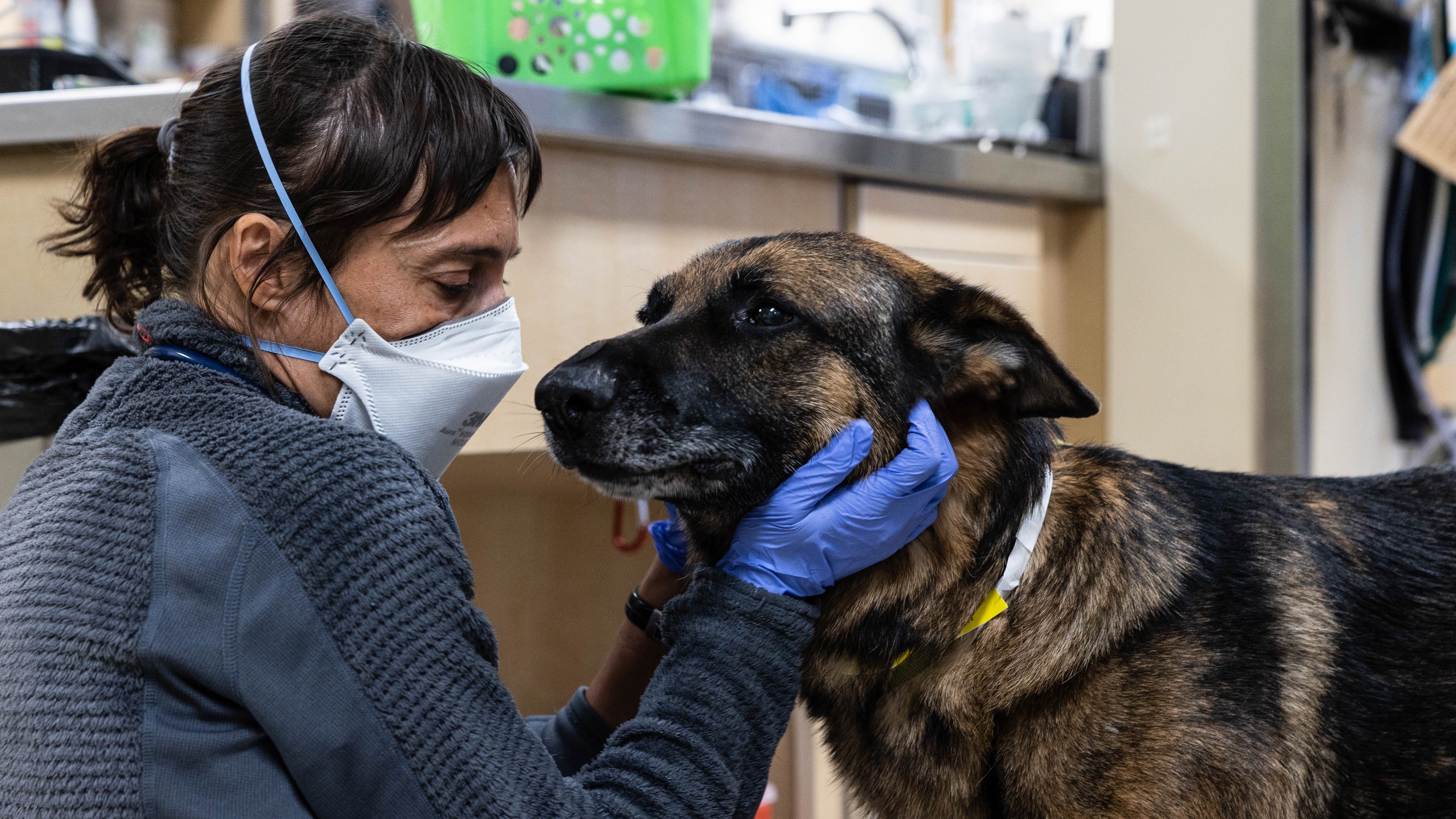5 Ways to Use Peanut Butter in an Animal Hospital

5 Facts About Peanuts and Peanut Butter
- It takes about 540 peanuts into make a 12-ounce jar of peanut butter.
- Archibutyrophobia (pronounced A’-ra-kid-bu-ti-ro-pho-bi-a) is the fear of getting peanut butter stuck to the roof of your mouth.
- The peanut (hypogaea arachis) is a legume, related to beans and peas. Because the peanuts actually are formed under the ground, they are sometimes called “ground nuts” or “ground peas.”
- Common names for peanuts include groundnut, goober, or monkey nut.
5 Ways To Use (Xylitol-free) Peanut Butter at Your Hospital
- Oral pill disguiser- Some dogs can’t turn down a spoonful of peanut butter, even with a pill inside.
- Meal encourager- Turn your patient’s bland meal into a delicious concoction with a little peanut butter and water.
- Exam distractor- Problem: Have a wiggly pup that won’t hold still for an exam? Solution: Peanut butter on a stick.
- Odor eliminator- Anal glands, vomit, you name it. We deal with a lot of bad smells in veterinary medicine. Luckily a little peanut butter on your hands can mask most smells!
- Adhesive and label remover- Trying to remove labels from old bottles? Have gum stuck on your shoe? The oil from peanut butter can help it come right off.
Why it’s Important to Find a Xylitol-Free Peanut Butter for Your Hospital
Xylitol is a naturally occurring substance found in certain fruits and vegetables that tastes very much like sugar. Xylitol has been used for years as a natural sweetener, but has recently become more popular due to its low glycemic index and plaque fighting abilities. It is now creeping its way into just about anything that is sweet- including toothpastes, chewing gums, and peanut butters.
The good news for humans is that xylitol is safe for us. The bad news is that it is toxic to our canine friends. When dogs eat food containing xylitol, the xylitol is quickly absorbed into the bloodstream resulting in a rush of released insulin. This rush of insulin causes a severe drop in blood sugar, resulting in hypoglycemia. Hypoglycemia symptoms can develop in ten minutes after ingestion, but it is usually closer to one hour that we see these symptoms
The signs to watch for in xylitol toxicity are:
- Vomiting
- Weakness
- Depression or lethargy
- Ataxia
- Tremors
In severe cases:
- Collapse
- Seizure
- Jaundice (yellow skin or eyes)
Even a small amount of xylitol can be toxic to our canine friends, and it’s important to communicate this information with staff and clients!


